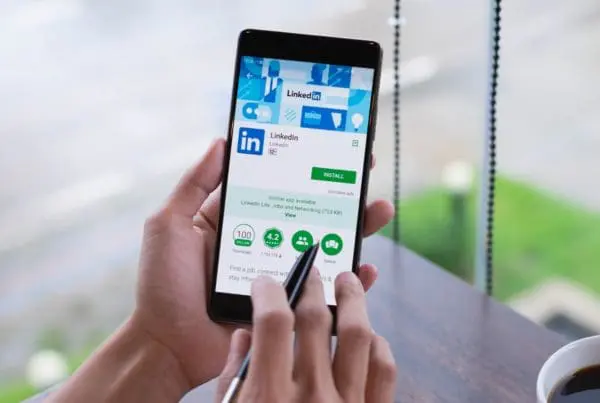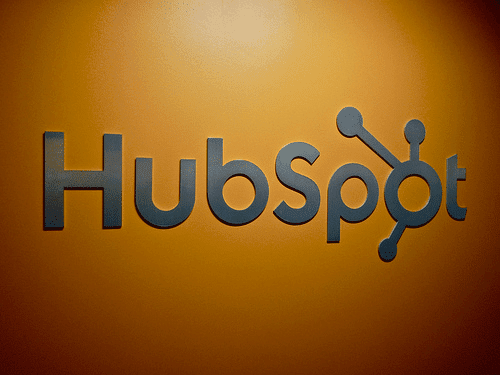New technology is allowing brick and mortar retailers to deliver a powerful customer experience with direct communication in-store–helping shoppers find what they want and give them special offers based on past history and real-time behavior. Using beacons, GPS, and social networks, retailers may be able to disrupt ecommerce by delivering “proximity marketing”–a more personalized, convenient and delightful experience that customers can’t get online.
Here are some numbers that might surprise you. A 2015 survey by SessionM found that 90 percent of shoppers use their phones to shop while they are in stores. A separate study by TimeTrade research found that 85 percent of consumers prefer to shop in a physical store. And eMarketer found that 55 percent of shoppers said in-store promotions are the best enhancement to the shopping experience.
So shoppers would rather shop in a physical store, love to use their phones in stores, and want promotions to be beamed to them while they shop. That’s proximity marketing.
Beacons Light the Way
Beacons, small sensors programmed to deliver messages to shoppers’ smartphones, can give consumers the personalized in-store shopping experience they want. Marketers can use beacons to drive their own promotions based on where shoppers are standing, and allow portfolio brands to serve ads through their own apps.
A downside to beacon networks that they don’t work by themselves. Using beacons requires a separate infrastructure and software that must be installed and managed, and users must install an app on their smartphones.
Geotargeting
A smartphone’s GPS coordinates can be used to identify shoppers’ location when they are out of the store and push relevant messages to their mobile devices. Geotargeting can be used to communicate with shoppers when they are near a store, after they have left, or when they are arriving at a mall to drive foot traffic. Geotargeting lacks the intimacy of the in-store experience beacon technology offers, but it doesn’t require a separate network or app.
Social Advertising
Marketers can use social media to deliver promotions via social ads to shoppers that have liked a brand, joined a group related to a product or brand, or that have recently expressed interest in a competitor. Snapchat offers a geofilter to reach users in specific locations and Facebook offers several location-aware tools to reach users in-store and to direct users to stores.
Geotargeting and social advertising also have the ability to communicate with customers after they leave the store, which is something beacons can’t do.
Bigger than Search?
It’s likely that these technologies will eventually converge, giving physical stores a powerful fusion of the physical and digital worlds. Beacons will in all likelihood become cheaper and easier to use, and will integrate with geotargeting and social platforms to provide layers of personalization and communication.
Some have said this kind of location-based marketing may make search marketing a thing of the past. If retailers can deliver the right message to the right person at the right time while they live, work and shop, the buyer won’t have to look for anything. Instead of searching for products and services when they need them, the products and services will find the buyer first.
For this to happen, though, consumers will need to trust companies with their location and social networks, and companies will need to demonstrate and prove a level of transparency sufficient to win that trust.



